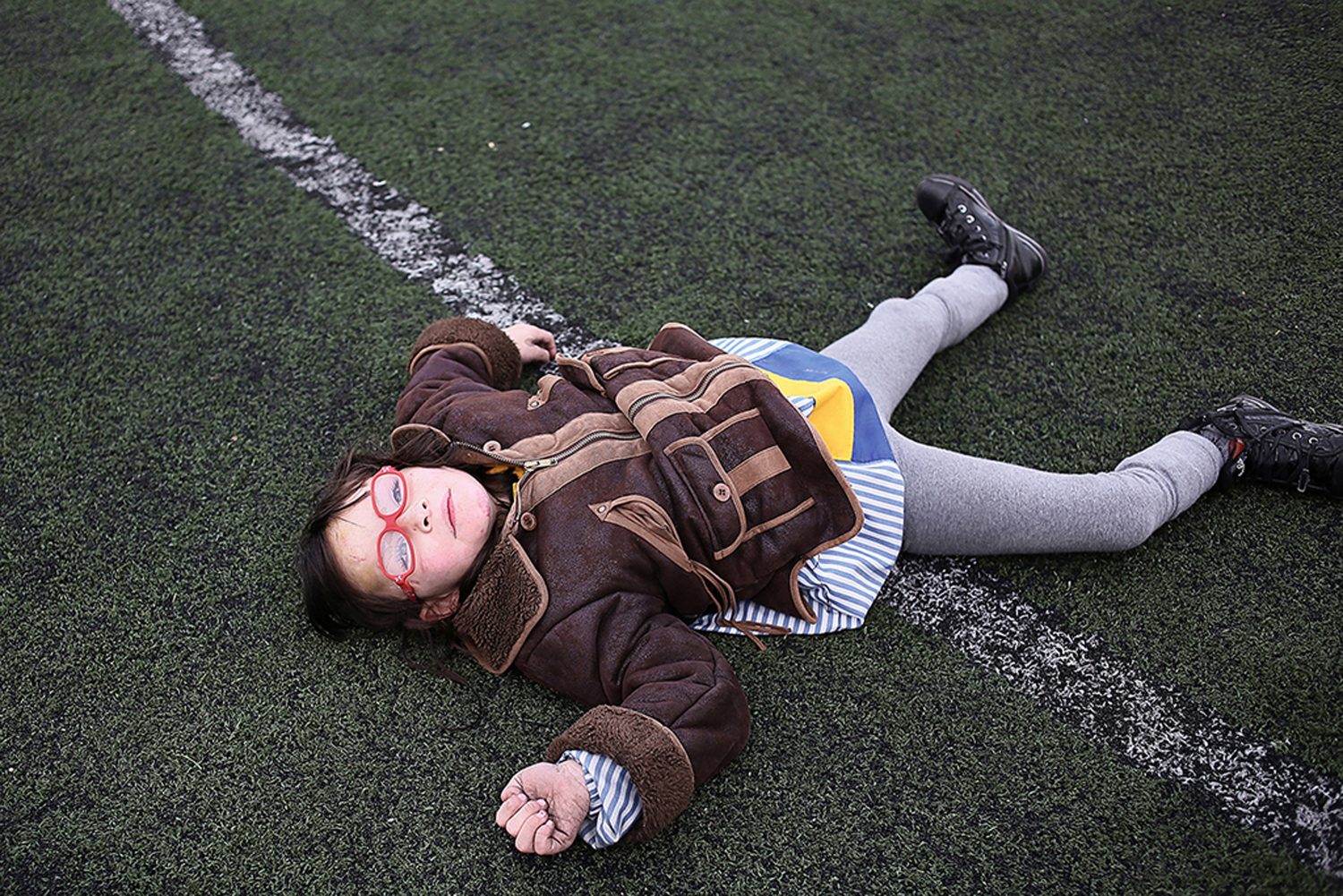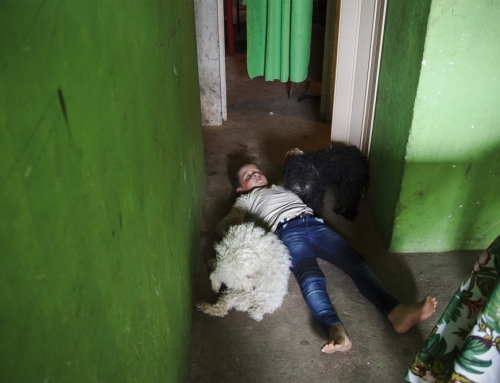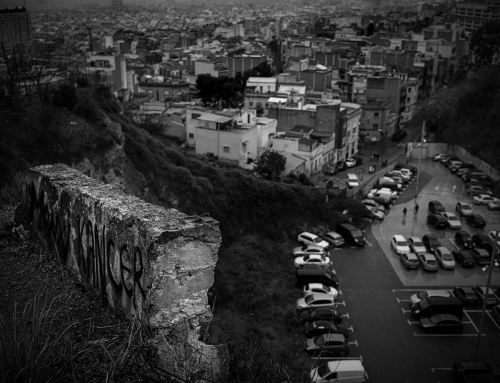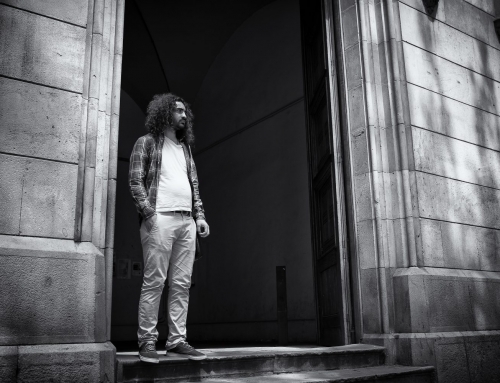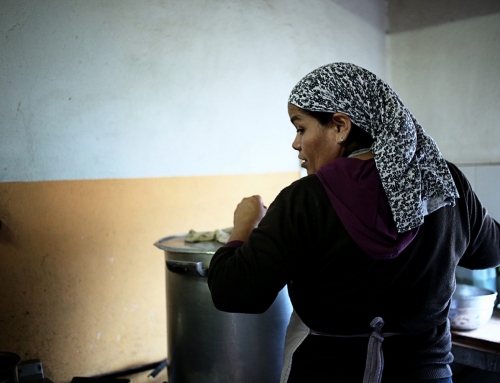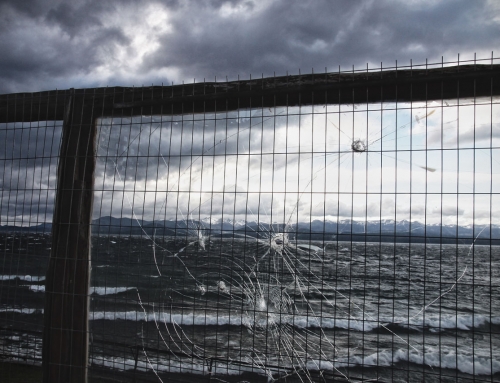Aina is a 5-year-old girl, joyful and happy, affected by a rare disease called CDG (Congenital Disorders of Glycosylation). Aina is one of the 69 patients diagnosed in Spain and one of the 900 cases known worldwide.
CDG is a chronic serious genetic, life-altering and often life-threatening metabolic disease due to disruption of the addition of sugars to proteins. This rare disease only affects about one in 20,000 people. There is 25% mortality rate in the first 2 years of life due to multiple organ failures. The CDG affects almost every organ of the body and has important implications at neurological level; patients suffer severe motor and speech disorders, making them highly dependent.
The impact of rare diseases goes beyond their physical manifestations; the patients and their families suffer from the lack of visibility and awareness, finding it difficult to get a correct diagnosis and to access medical and social services. Rare diseases are often chronic, progressive, degenerative, and life threatening. The quality of life of patients is often compromised by the lack or loss of autonomy.
For several months, I accompanied Aina in her routines, her family life, the school, her spaces for therapies and visits to doctors. The effort that these children and their families face daily became evident shortly. Aina and her parents have exhausting days of school, speech therapy, physiotherapy, visits to doctors, medical check-ups and work. However, Aina does not lose her smile and joy, neither the strength to undertake every challenge.
